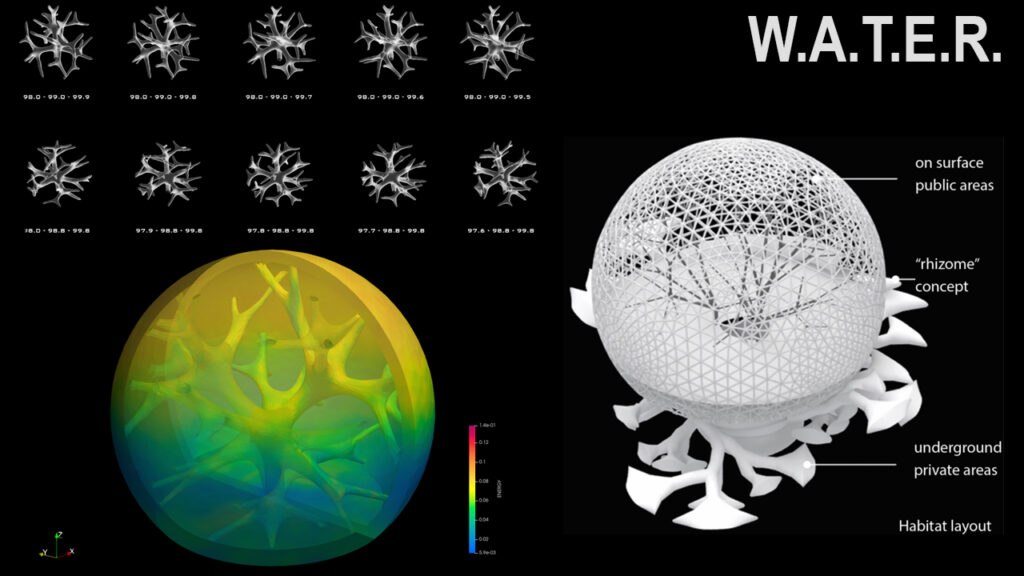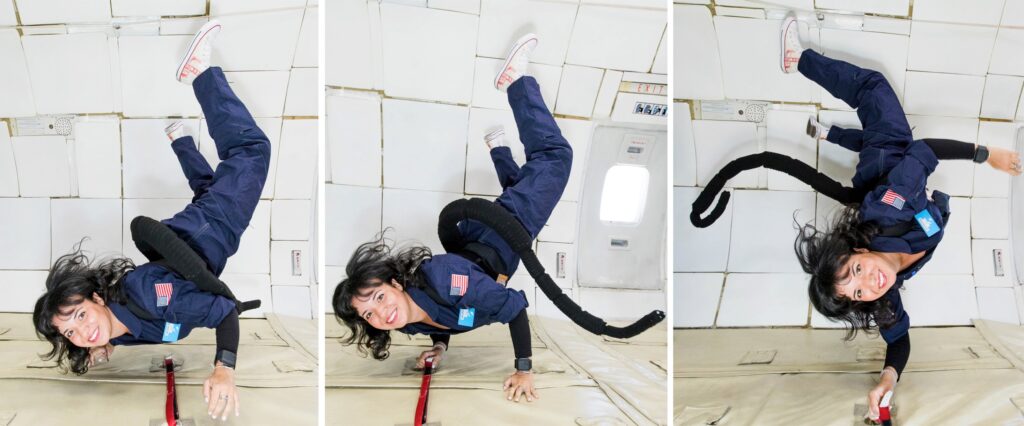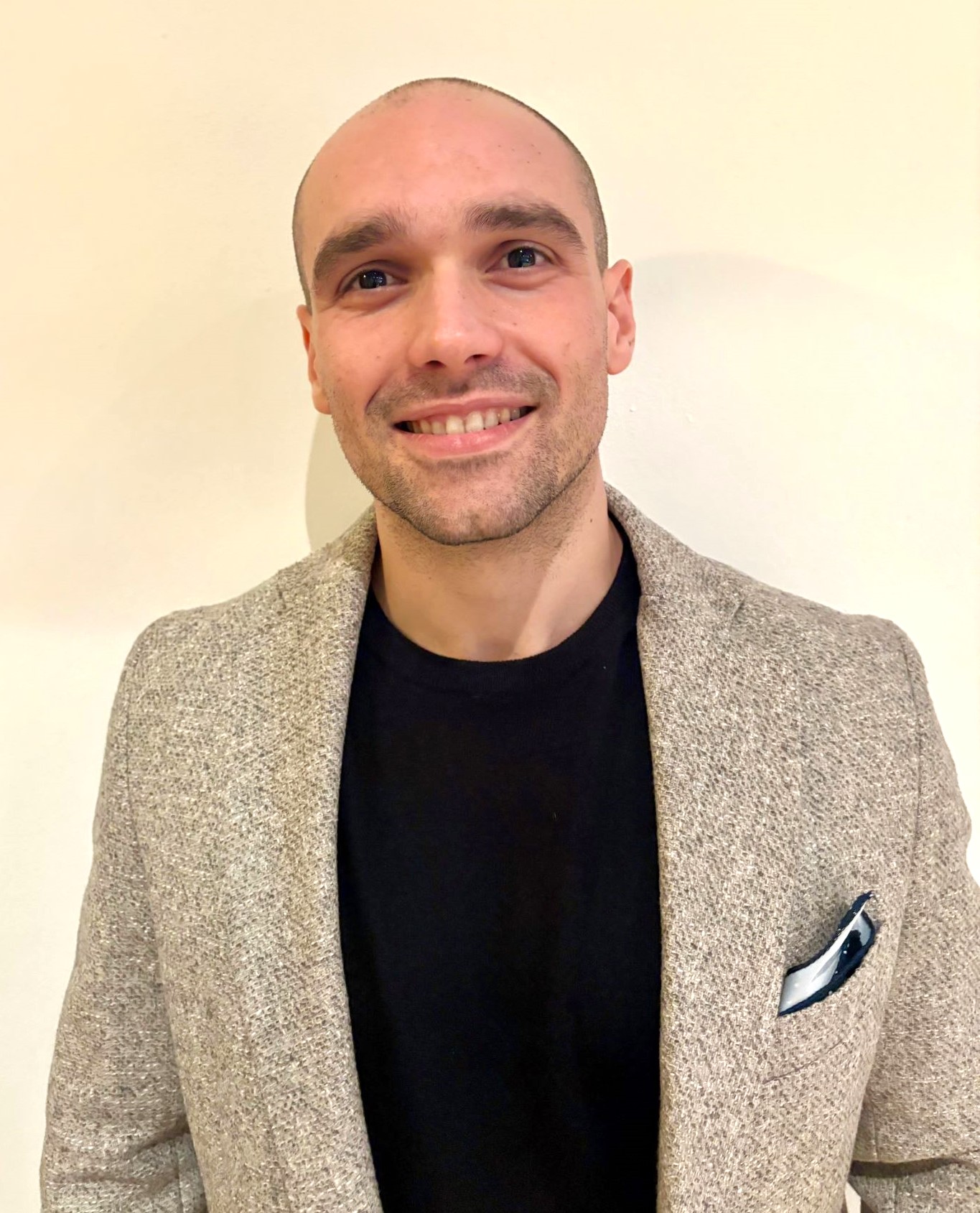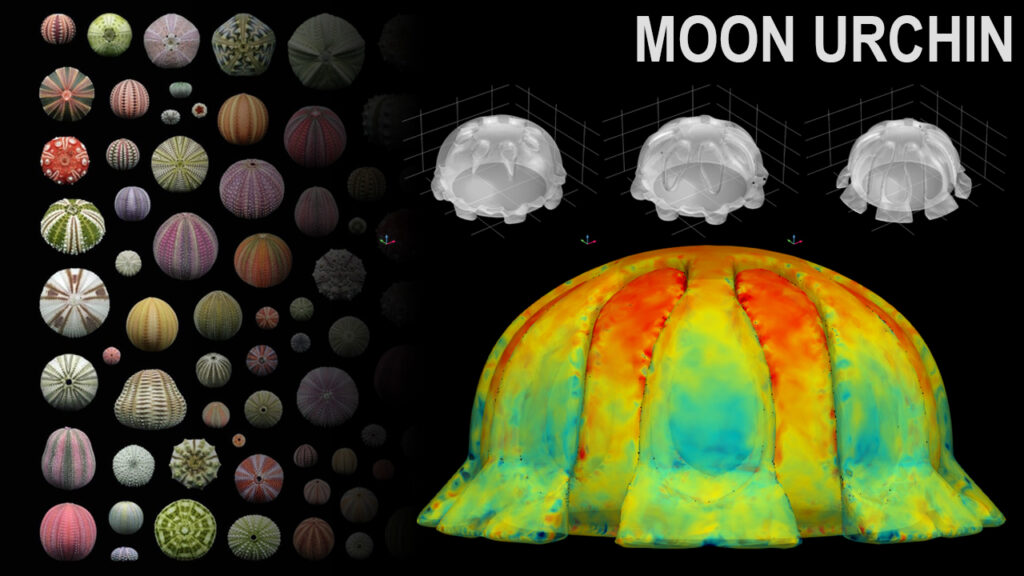Water as a source of life, even where there is no life – or at least, not yet. There’s increasing talk of space missions and space travel, and of possible future settlements on the Moon or Mars. But this has failed to address the crucial issue of cosmic radiation and its proven harmful effects on human health. Researchers are still studying the possible side effects of prolonged exposure to sources of radiation, such as cosmic rays or solar wind, including a possible increased risk of tumours and circulatory disorders, or various effects on the central nervous system.
There is therefore a need to design modules that would allow astronauts to live safely in space, and this is exactly what is currently occupying two researchers. They are Valentina Sumini, lecturer at the Department of Architecture, Built Environment and Construction Engineering (DABC); and Lorenzo Isolan, researcher at the Department of Industrial Engineering, lecturer in a second level Master’s in Ionising Radiation and Radiation Protection at the University of Bologna, and an expert in 3rd degree Radiation Protection. In their paper, co-authored by Marco Sumini, Professor of the Department of Industrial Engineering at the University of Bologna (where he teaches “Radioisotopes, Ionizing Radiation and Radiation Protection” and “Plasma Physics for Engineers” for the Master Degree in Energy Engineering) the approach is revolutionary: the plan for the living spaces focuses on radiation protection right at the start of the design stage, making use of different skills and professional expertise, and using a most basic element to provide radiation shielding: water. The shape of the lunar housing module is also inspired by the aquatic environment; for it mimics the form of the sea urchin, and so has been given the name of “Moon Urchin”. We met the two researchers to learn more about this amazing project.
How did you come up with the idea of using water for radiation shielding?
LORENZO ISOLAN: There are many types of ionising radiation in space, and the main one is proton radiation. When protons interact with the matter they encounter, they release secondary particles called neutrons, and these mainly interact with light materials. Hydrogen is the lightest element and water, which contains plenty of it, is one of the best materials we have available to provide shielding against secondary radiation. In the context of radiation protection, we always have to bear three key principles in mind: the principles of justification, optimisation, and dose limitation. When we are thinking about space research or colonisation, we need to accept the fact that a certain dose of ionising radiation is inevitable, because it is part of the surrounding environment. But it is more important for us, as humanity, to explore space. So, at this point the second principle, that of optimisation, comes into play, better known by its acronym ALARA – As Low As (is) Reasonably Achievable. In this case, we need to apply it to the level of radiation, having accepted that it cannot be completely avoided. Finally, we need to ensure that the radiation doses that are absorbed are within the admissible limits.
VALENTINA SUMINI: We also published another joint paper in 2018, focusing on the use of water as a form of shielding, but for a Martian habitat known as W.A.T.E.R. We cannot just use ice on the Moon (which is available on site – author’s note), because of the micrometeorites that are constantly raining on the lunar soil and onto any structures. We therefore need to use regolith as our material, which covers the lunar surface, and offers us the best possible combination of material and strategy. Meanwhile, for the Mars project, we only used water. By the use of computational design, we were able to create a structure of interconnected branches, similar to those of trees, which we called the Redwood Forest. This was the basis for all the work on the structural performance of this branched habitat – W.A.T.E.R. It led us to a pressurised structure containing two layers of borated polyethylene or leaded glass one metre apart, filled with a layer of water to act as a shield. From there, we were able to map how the radiation was distributed within the architectural structure. We focused on the fourth dimension – time – and so on the areas shown to present the greatest risk of exposure, and we realised we should stay in them as little as possible, and spend more time in the better protected areas. This has an effect on how we start to consider the livability of the habitat and the risks of certain areas within it, in relation to the tasks that the astronauts need to perform.

You have adopted an innovative approach, with the idea of including radiation protection at the design stage. What are the advantages of starting from this angle?
VS: We’ve called it Radiation Protection by Design, and I think we may be the only researchers on the global scene who are currently looking at it from this perspective. Radiation protection is generally seen as a form of retrospective test. However, by incorporating it at the design phase, and using the right materials, we can make it as good as possible for the entire habitat from a structural point of view. However, from the viewpoint of Space Architecture, it involves changing our methods of design: no longer doing this in the standard way – i.e. by drawing a module and then assessing it – but using computational methods to get the best results. So, we’re talking about Computational Design: an algorithmic loop is created where, starting with the various parameters of the mission – such as the number of astronauts, the duration of their stay and their destination – a continuous process of form-finding is generated by means of computational workflow. The process includes key elements such as the materials used, the structural performance and protection from micrometeorite impacts. Various habitat configurations are generated through a system of multi-objective optimisation, and checked in line with the particular environmental and mission conditions. These configurations are then shown on the Pareto Front and assessed. The idea is to maximise use of the materials we can find on site – what is known as In-Situ Resource Utilization (ISRU) – and then combine the lunar regolith with water and devise different strategies for making the structure more efficient in terms of mass. These include reducing the amount of regolith and adding it only where necessary, like a form of lunar concrete, and amalgamating it with water and ice, in this case also incorporating microalgae to create a bioreactor inside the module.

LI: The approach changes when we start from the point of view of radiation protection. We’ve moved away from the standard studio “fit for use” approach, accompanied afterwards by an assessment of the structures already designed while also trying to respect their geometric and structural constraints; and we’ve moved towards the use of systems of simulation, design and calculation that can combine the risk assessments associated with radiation protection with aspects of design, sharing in real time the same computational model used to optimise topological and structural factors. It’s a quantum leap for our sector!

This type of integrated design has made it possible to optimise exposure times and radiation doses. The shape of the zone occupied by water also indicates which areas are more or less suitable for living in: the structure is created and assessed at the same time, and an efficient solution is found for every aspect – something that would otherwise be totally impossible. A simple method of structural design might result in some totally exposed areas that were not habitable from the point of view of radiation, but this would only be discovered after the structure was completed. And on the other hand, we can also check whether the solutions are efficient both from an economic standpoint and as a form of risk constraint: whether they combine the lowest reasonably achievable level of radiation dose (ALARA), with a less expensive and less risky structure.
In our assessments, we’re also taking account of a relatively new and rarely considered aspect, which is ensured by the use of Radiation Protection by Design: that the materials used (which could be the pressurised air inside the dome, the dome itself, or the ground on which you stand) are subject to activation events (with the appearance of radioactive isotopes) resulting from the flow of cosmic particles. On the basis of how the structure develops, we are able to calculate at each stage of optimising the design whether we are also improving or worsening the build-up of these radioactive elements. If I were an astronaut, I would like to breathe as little radioactive air as possible, or not have a radioactive dome over my head!
How did you get the idea that the sea urchin would be a good shape for your Moon Urchin lunar module?
VS: Much of my research into designs for Space Architecture has been inspired by forms in the natural world. I’ve always found that many of the best answers come from natural forms, both in terms of their resilience and the way they’ve evolved to answer needs. The inside of the sea urchin is very fragile, it uses its shell to protect itself, and that must be able to withstand water pressure. However, in our case the situation is the other way round, because there is no atmosphere outside and the main force is coming from the inside, as all the interior spaces need to be pressurised. Our Moon Urchin is intended to use the logic of the shell, but in our case the inspiration from nature is not just a prosaic imitation. Rather, we are trying to understand what conditions led the sea urchin to evolve into that form, and then replicate a similar process with respect to the lunar environment, where the Moon Urchin needs to protect itself from micrometeorites and withstand pressurisation. We’ve considered this matter of the module – which can be interconnected with others – in relation to the objectives of the NASA Artemis programme, which envisages a relatively short timeline for a permanent settlement on the Moon, beginning in 2030.

The structure involves an inflatable component, ready to be taken there, and then the use of materials available on site: lunar regolith and ice. How would they be used to create and assemble the module? Would you want to do 3D printing on-site for any extra components?
VS: Three types of components have been authorised for buildings used in space. Class I includes prefabricated modules, to be transferred just as they are straight from Earth to the target environment. Class II includes all “deployable” technologies: textile structures that can be folded up inside the space carrier, and then deployed, pressurised on site and combined with local material – a category that includes the Moon Urchin. Finally, Class III components need to be built entirely out of local material. This is not feasible at the moment, because we lack the technology to make them. So up to now, the 3D printed solutions will only be used for launch and landing pads, for the roads used by the Rovers to transport the modules, and to make shelters for the technical instruments, to protect them from micrometeorites and radiation. For Class II components, there are various current studies involving, for example, robots that could use laser sintering to sinter and build walls out of layers of lunar regolith; or they are looking into the use of groups of many small robots. One could also envisage 3D printing ice, but we prefer to use it with a casing, made of polyethylene or glass, to preserve it from variations in temperature. Then there is the important matter of interlocking parts: building bricks that could fit together to create connections between modules. There are various strategies being considered by the space agencies. We are planning for the unknown!
